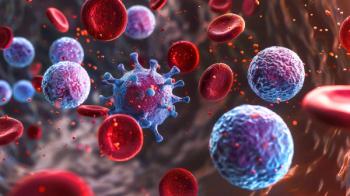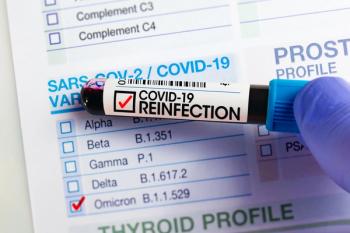
Old Yeast Emerging in Invasive Health Care-Associated Infections
The CDC recently issued an alert warning health care facilities about Candida auris, an emerging multidrug-resistant yeast.
The CDC recently issued an alert warning health care facilities about Candida auris, an emerging multidrug-resistant yeast.
C. auris was first identified in 2009 in an external ear canal sample taken from an inpatient in a Japanese hospital. Since that first report, C. auris has been identified as the culprit of invasive candidiasis, mainly fungemia in a few Asian, African, and South American countries, though it has been reported in fungal pericarditis, otitis, and wound infections. The yeast has also been isolated from the urinary and respiratory tracts, but it’s unknown whether these were pathogenic or colonization.
It appears that risk factors for C. auris are similar to what you’d expect for other invasive Candida species infections: residing in an intensive care unit, immunosuppression in HIV/AIDS and hematologic malignancies, presence of central venous catheters and other implantable prosthetic devices, and recent surgery or antibiotic use.
Retrospective studies of previously collected isolates suggest that infections with C. auris occurred as early as 1996, indicating this yeast may not necessarily be new, but rather rearing its head. Although the reason for the recent emergence of C. auris is unknown, the CDC suggests it may stem from new or increasing antifungal selection pressures.
There are 2 main concerns with the emergence of C. auris in hospitalized patients. First, C. auris is phylogenetically closely related to C. haemulonii. With the use of routine commercial testing kits and equipment, there have been cases where C. auris was misidentified as C. haemulonii, C. famata, Rhodotorula glutinis, and Saccharomyces cerevisiae.
Second, C. auris presents with a unique susceptibility profile, rightfully being referred to as a multidrug-resistant pathogen. Similar to certain strains of methicillin-resistant Staphylococcus aureus, C. auris has the potential for clonal transmission.
Additionally, C. auris has demonstrated resistance to many antifungals. Although there are no published minimum inhibitory concentration (MIC) breakpoints for C. auris, most isolates have been deemed resistant to fluconazole based on other Candida species’ MICs.
Many isolates have also shown reduced susceptibility to voriconazole, caspofungin, flucytosine, and amphotericin B. In some cases, C. auris isolates have had elevated MICs to azoles, echinocandins, and polyenes, leaving limited treatment options.
Because the CDC is concerned about the emergence of C. auris infection in new locations, including the United States, it recommended the following actions for health care facilities and laboratories:
- Reporting: Any patients suspected to be infected with C. auris should be reported to public health agencies and the CDC for further evaluation.
- Diagnosis: Facilities lacking instrumentation to identify C. auris, like matrix-assisted laser desorption ionization-time of flight or molecular sequencing methods, should send samples to public health agencies and the CDC for identification.
- Infection control: Patients suspected to be infected with C. auris should be placed on standard and contact precaution protocols.
- Environmental cleaning: Thorough cleaning and disinfection of rooms and equipment housed near patients with C. auris infection or colonization should be performed daily.
Until we know more about C. auris, health care providers should be diligent in identifying patients at risk for infection, taking proper steps to identify infected patients, and encouraging proper infection control protocols to reduce transmission potential.
The views expressed in this article are those of the author and should not be attributed to Mayo Clinic.
Newsletter
Stay informed on drug updates, treatment guidelines, and pharmacy practice trends—subscribe to Pharmacy Times for weekly clinical insights.


















































































































































































































